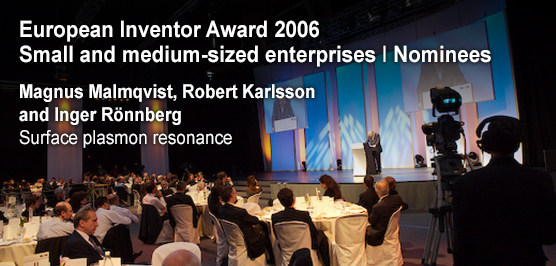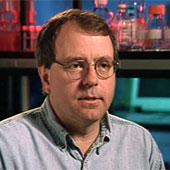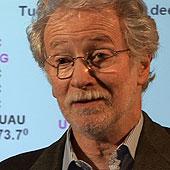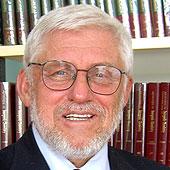Magnus Malmqvist, Robert Karlsson and Inger Rönnberg
Surface plasmon resonance
Real Time, Real Breakthrough
Biacore® technology, launched by Sweden-based Biacore AB (formerly Pharmacia Biosensor AB) in 1990 (patent published in 1996), is helping improve the productivity and cost efficiency of drug discovery and development. As a result, a number of fields, such as pharmaceutics and biotechnology, are reaping the benefits.
The technology is useful in many ways. To take one example, it’s vital for researchers attempting to understand the causes of diseases, and by aiding early on with research aiming to determine the most viable drugs for subsequent development, it’s very much a tool of efficiency.
Behind the innovation were three of the company’s employees – Magnus Malmqvist, Robert Karlsson and Inger Rönnberg. Today Karlsson is Biacore AB’s Systems and Application Director, while Rönnberg is the firm’s Project Leader. Malmqvist has since moved on to Bioventia Capital AB, an international consultancy company, where he is CSO.
The key function of the technology – which is based on the transfer of light energy (photons) to a group of electrons (a plasmon) in a metal surface – is its production of real-time measurements of a molecular interaction in the form of a sensorgram (a graph) produced using surface plasmon resonance (SPR). The target molecule is bound to the surface of a gold-coated sensor chip, and a solution containing the test material is passed over the sensor chip.
The plasmons in the gold chip surface interact (or come in resonance) with light at a characteristic angle that depends on the molecular composition on the gold surface. Because the binding process increases the angle where the light comes in resonance, any binding to the target molecule by a molecule in the test solution is detected and measured in real time. When the molecules detach, the angle falls.
SPR sensors in protein interaction dates back to 1983, but it wasn’t until Malmqvist and his colleagues came up with their invention that high throughput analysis – simultaneous observation of multiple binding reactions – became viable. The approach of the Swedes is thus innovative in that no other technology offers as much information from a single system (e.g., concentration, specificity, kinetics and affinity).
And unlike traditional techniques, Biacore® combines a range of advantages in a single technology: It does not require chemical labels – which saves time and reduces misleading results caused by molecular changes due to sample labelling – and its continuous, real-time measurements enable even transient interactions to be monitored.
What’s more, samples can now be measured without the need for purification (thus in their native state), making it faster to achieve high-quality results by preserving the protein’s three-dimensional structure and its in vivo (natural) function. And because the measurement process is not performed by light absorption and is therefore non-invasive, light-sensitive, opaque or coloured samples can also be analysed, enabling direct measurement from patients’ blood samples in clinical drug trials.
The launch of Biacore® coincided with the discovery of the first monoclonal (derived from one cell) antibodies, which now figure highly in medical research and development and as therapeutic agents. To date, more than 4,000 peer-reviewed scientific publications have used Biacore® systems to study protein interactions.
Among the most important of the Biacore® applications is antibody analysis, whose market as a whole is currently experiencing rapid growth. Good news for Biacore AB – a company that started off as a small business more than 20 years ago and now finds itself in a strong position to consolidate its role as market leader.
And the numbers certainly tell the story – in terms of revenue, profits and growth. Fuelled by a record-breaking fourth quarter, Biacore AB increased its sales by 15 percent last year to more than 60 million euros, with a net income of 20 million euros.
Reflecting on these rather attractive figures, the three inventors can say with pride that their patent is playing a key part in the Biacore AB success story.
Contact
European Inventor Award and Young Inventors Prize queries:
european-inventor@epo.org Subscribe to the European Inventor Award newsletterMedia-related queries:
Contact our Press team#InventorAward #YoungInventors




